
BIRDING IN
Gorongosa Mountain

BIRDING IN
Gorongosa Mountain

BIRDING IN
Gorongosa Mountain

BIRDING IN
Gorongosa Mountain
Gorongosa mountain is a massive inselberg rising out of the coastal plain. Habitat consists of Brachystegia woodland on the lower slopes, dense evergreen forests at altitudes between 1,200 and 1,500 m, and montane grassland at the summit, with forest patches in the ravines. Many of the lower slopes have been cleared for agriculture, but the higher reaches constitute a sacred site for local inhabitants and, as such, enjoy some measure of protection. The adjoining national park consists of a large plain with deciduous woodland and extensive marshes and lakes.
Gorongosa ecosystem is larger than the area of the formal Park Boundary. The ecosystem is that hydrological area that drains into Lake Urema in the heart of the Park. The drainage to the lake is local from both sides of the rift valley in which the Park sits, and from three streams originating on Gorongosa mountain . The Rift floor lake Urema, is a basin that when filled overflows into the Pungue River which then empties into the Indian Ocean.
Gorongosa mountain makes up less than 10% of the extent of this site, but is the most important part because most of the bird species which are of conservation interest are concentrated here. Swynnertonia swynnertoni, Apalis chirindensis and Anthreptes reichenowi are resident in the evergreen forests, while the montane grassland may hold Hirundo atrocaerulea, although this has not been confirmed yet. The mountain is widely known as the only locality where Oriolus chlorocephalus occurs in southern Africa. Three species of the Zambezian biome occur at the site. The wetlands in the National Park have not been comprehensively surveyed, and may support numbers of waterbirds which exceed 1% threshold levels. Gallinago media has been reported here and the wetlands are possibly an important wintering ground for the species. Balearica regulorum, which is threatened within southern Africa, occurs regularly in the wetlands.
Green-headed Orioles are pretty special creatures and are surprisingly common; Livingstone's Turacos were everywhere; and extras such as Blackthroated Wattle-eye, Bronze-naped Pigeons and Pallid Honeyguides were more than welcome as was our first Chirinda Apalis of the trip. Just below the forest, a male Red-chested Flufftail was calling from a dense, swampy area in the farmland at mid-day. An Anchieta's Tchagra shows up well in the grasslands on the walk up to the forest. Birding Mount Gorongosa is truly a memorable experience. The star of the show is the stunning Green-headed Oriole. Other great birds include Livingstone's Turaco, Orange Ground Thrush, Black-fronted and Olive Bushshrikes, Chirinda Apalis and Eastern Bronze-naped Pigeon. The approach to the forest often produces Blue-spotted Dove, Moustached Grass Warbler and Marsh Tchagra.
Our Experts are ready to provide answers
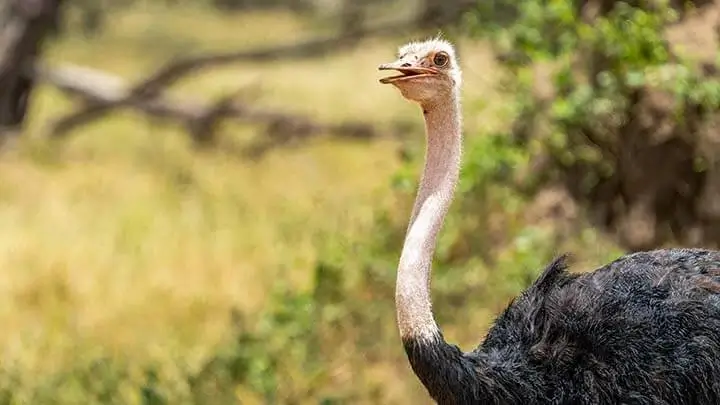
hese landscapes support a wealth of bird species, with 318 species being confirmed in the park to date and many additional species believed to still occur in the park.
Read More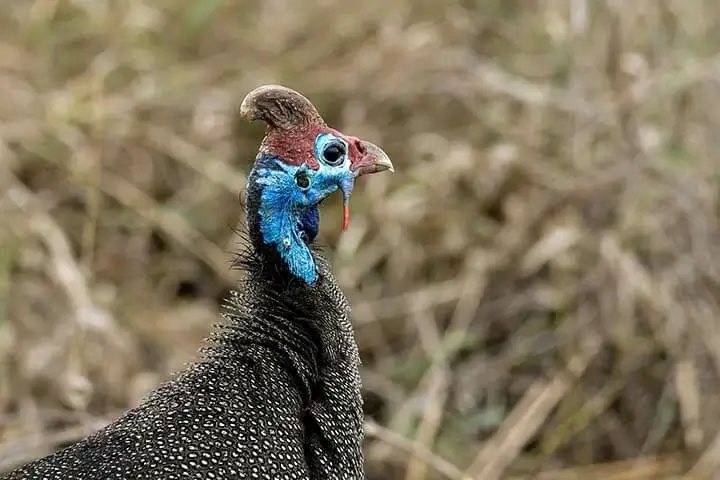
The park is an important wintering ground for migratory waders from the Palearctic. For six species of non-breeding waterbird, numbers exceed the 1% population thresholds.
Read More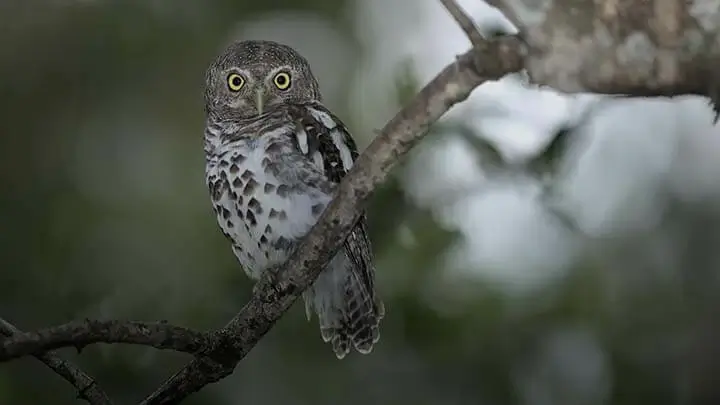
There have been over 600 species recorded in the province to date. Limpopo offers an excellent variety of birds due to its habitat diversity. Raptors, woodland and wetland species are all particularly well represented.
Read More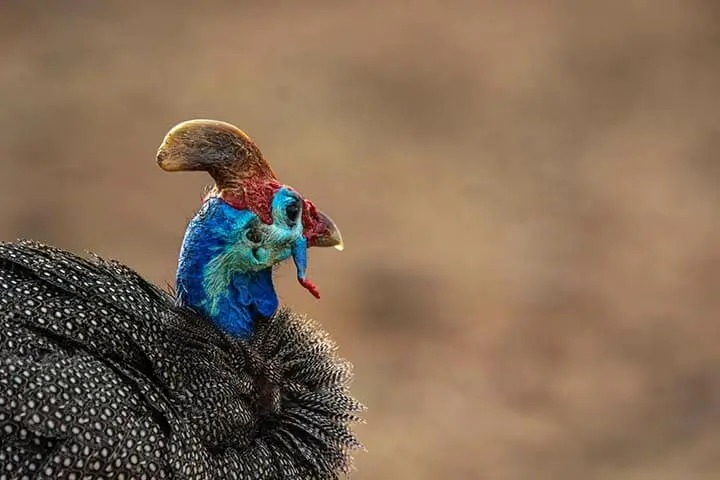
Number of bird species here are 202 and the number of globally threatened species are two. Some of those include;
Read More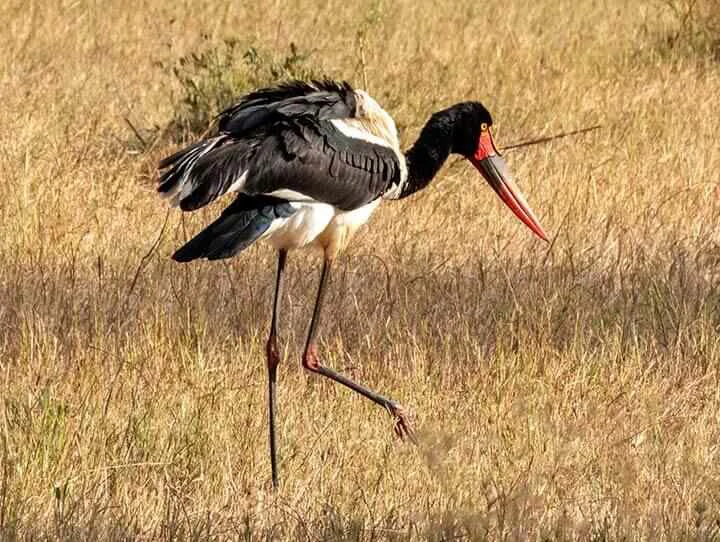
Zinave National Park has 177bird species, 4 of which are globally threatened species. Bird species to look out for at Zinave include; Common Ostrich, White-faced Whistling, Duck, Egyptian Goose, Spur-winged Goose, Comb Duck, Helmeted Guineafowl, Crested Guineafowl, Red-necked Spurfowl,
Read More